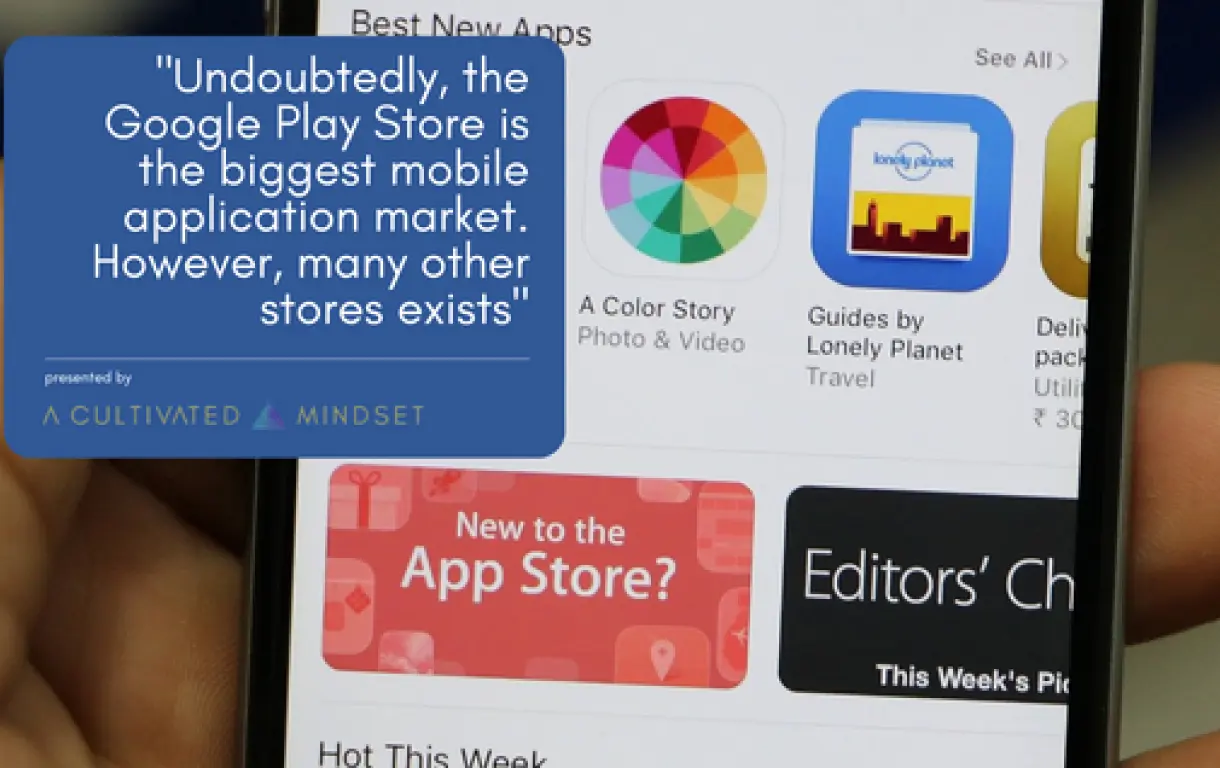Why A Cultivated Mindset Became a Umbraco Gold Partner
- 3 MIN READ
- Oct 18, 2020
- BY PATRICK HILL
There is data everywhere. Its validity is in the life of what it concerns. Internet-connected devices, as well as cold storage solutions, have an abundance of data. But more recently, cloud storage facilities began to spring up to do what preceding storage solutions could not do.
Individuals, companies, and organizations are falling head over to get a feel of what the latest data management facilities have in stock. These set of people and organizations are working to unlock every hidden value of data. For this, developers take up the responsibility of bringing on-board, high-scalable solutions. They yearn for solutions developed in a compressed timeframe. So, these developers are weighed with high tasks on demand.
It is on the above basis that cloud storage technology became inevitably important. It has finally evolved to offer scalable and simplified event-driven solutions. Cloud storage technology did not just come in place; it keeps getting better with every passing day. It keeps adding new features, products, and services to bring real-time solutions closer to consumers.
Microsoft Azure seems to be taking the lead in this regard. Every year, they bless their consumers with new breathtaking features. Rightly put, Azure is a body of products with never-ending new features.
This article aims to shed light on the great details of everything new with Microsoft Azure. Emphasis on product functions.
So what’s New?
Azure Static Web Apps
First of Azure new features are the Static Web Apps. Earlier, users used to do stuff manually when they need to deploy new applications. The addition of Azure static web apps has changed things in this regard.
The azure static web app is designed to automatically build and deploy full-stack web applications. This action is particularly effective when the launching is taking place on Azure from a GitHub repository.
Microsoft Inc. recently announced this product. As at the moment, this product supports the development of modern JavaScript apps with libraries. It also supports frameworks like Angular, Svelte, React, and Vue with back-end functions from Azure. This is an easy journey for those in the system. The platform is built to help developers with daily workflow. The development and deployment of applications are based on off-GitHub interactions.
If you are new to this, all you need to start is creating an Azure static web apps resources and Azure will automatically set up a GitHub action workflow for you. This is done right in the app’s source code repository. This is the area that monitors a branch of your choice.
It’s that easy. You can simply hit the commit or accept pull requests. Each time you pull this into the watched branch, the GitHub Action automatically starts to build. It then deploys an app for you. This is API to Azure.
Azure Virtual Network
You can now integrate your applications with an Azure VNet. This service was absent not too long ago.
There is so much you can do with Azure VNet. First of this is the opportunity to place many of your resources in none internet-routable network. This is an integration feature that empowers you to position your apps in such a way that they will have access to the resources through VNet windows. And you can always access your applications privately.
This service can easily be used in a multitenant application. Simply put, you are already in a VNet if your application is in the App Service Environment. If you connect to the Azure Resource Management virtual network, you ought to have a dedicated subnet in the VNet you wish to integrate with. This is if you are operating from the same region.
Of what Benefit is VNet?
It allows the user to do a number of things such as the ability to direct traffic that is leaving the application right into the virtual network.
- Also, it does the following:
- Supports consumers in applying user-defined network securities and routes to integrated applications.
- It helps users to reach private link-secured resources via regional integration of the virtual network.
- It provides support for non-1918 addresses in the integrated network.
This product is now largely available in public regions for function applications hosted on the Premium App service plan.
Conclusion
Cloud storage architecture is increasingly dynamic. Microsoft Azure, as a service provider, is continuously coming up with new products to the delight of users. As a subscriber, following the trends of new Azure products will allow you to stay on top of your game as far as cloud infrastructure is concerned.











